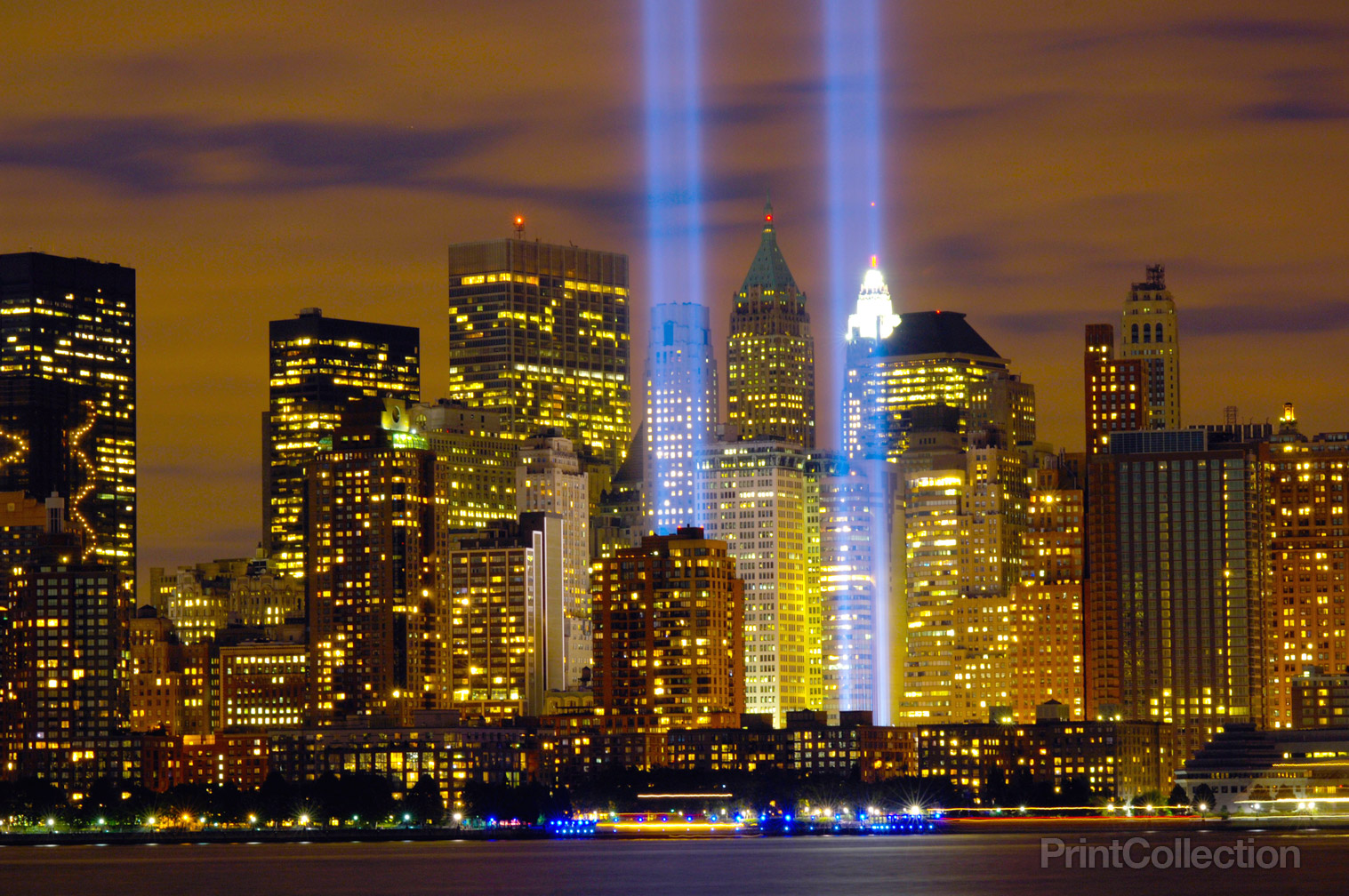Maria T. Iacullo-Bird, Ph.D.
September 2011
| About Us | | | Staff | | | Contact Us |
|---|
9/11 Oral History Project
Located only several blocks from the World Trade Center site, Pace University experienced first-hand the catastrophic terrorist attack on September 11, 2001. As one of two institutions of higher education in close proximity to the World Trade Center, Pace’s distinctive location across from City Hall Park adjacent to the Brooklyn Bridge--a route of escape from Lower Manhattan--produced a uniquely tragic and inspiring narrative as to how the University coped both during and after the tragedy.
Pace, a private university with over 12,700 undergraduate and graduate students, has its main New York Campus in Lower Manhattan and another main campus in Westchester in Pleasantville, New York. Pace also has campus sites in Midtown Manhattan, Briarcliff, NY and White Plains, NY. Designated a “Doctoral Research University” by the Carnegie Classification, Pace contains six colleges and schools: Dyson College of Arts and Sciences, Lubin School of Business, Seidenberg School of Computer Science and Information Systems, the College of Health Professions, the School of Education, and the School of Law.

The Pace 9/11 Oral History Project took shape as an undergraduate history course in Dyson College of Arts and Sciences. Dyson contains the largest urban undergraduate component at Pace. Its programs encompass the visual and performing arts, humanities, social sciences, natural sciences and mathematics and offer more than 50 majors and minors as well as an extensive liberal arts education through its numerous Core Curriculum offerings required of all Pace undergraduates.
Given the direct impact of the World Trade Center attack on the University and its neighbors, the Pace University 9/11 Oral History Project afforded the Pace faculty, staff and students the opportunity to document and give voice to that traumatic experience in a manner that could provide special insight and knowledge about September 11, 2001 from a Pace perspective. Concurrently, the Pace 9/11 Oral History Project also included opportunities for Pace students to interview family and friends external to Pace and members of the larger public that underscored the university’s long-standing relationship with New York City and especially Lower Manhattan.

The resulting body of interviews provides poignant and revealing insights into the tragic events of that single most destructive day in the history of the City of New York and the most devastating attack on civilian populations in American history. Historical materials from the University Archives furnish additional documentation of the Pace 9/11 experience. As witnesses to tragedy on an enormous scale, the interviews contribute knowledge generated by undergraduate student research that documents both the university response to an unprecedented level of emergency and the average citizen’s confrontation with extraordinary disaster. In the immediate aftermath and the following weeks and months, the university continued to cope with ongoing challenges directly relating to the tragedy. The interviews illuminate how the chronicling of recovery in Lower Manhattan from 9/11 is also the story of how a comprehensive urban university both coped with and recovered from unfathomable circumstances.
